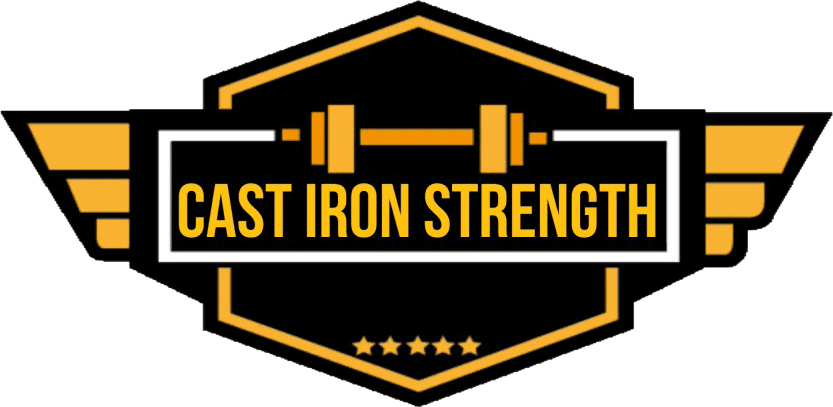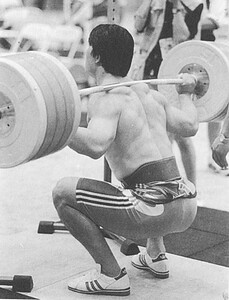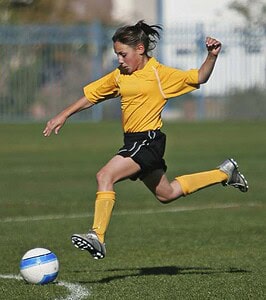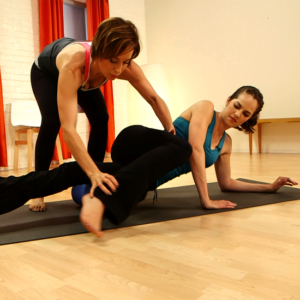– Strongman Injuries
In the first study of it’s kind Paul Winwood et al 2014 looked at the incidences of injury in strongman athletes (214 in all) they found
- Injuries occured in the Lower-Back (24%) Shoulder (21%) Biceps (11%) knee (11%).
- Muscle tears (38%) and tendon tears (23%) where common.
- Athletes younger than 30 where significantly more likely to suffer more injuries than athletes over the age of 30.
- Open athletes were more likely to suffer from injury than weight class athletes (<105kg).
- Injures where 190% more likely to occur from events training than from traditional barbell training.
TL;DR = People get injured doing strongman training, if your not a competitive strongman athlete maybe think twice before throwing some tyres etc into you training.
– Effects of Full Range of Motion versus Partial Range of Motion
Gerard McMahon et al looked at the effects of 8 weeks of resistance training followed by 4 weeks of detaining on muscle size, muscle strength and subcutaneous fat. They split into two groups full range of motion (LR) and partial range of motion (SR).
– Full range of motion group experienced a 200% greater increase in quadriceps muscle size when compared to partial range.
– Full range experienced greater strength increases across all joint angles compared to partial range group.
– Full range group also realised greater increases in fascia tissue length when compared to partial range.
– Full range also realised a greater decrease in subcutaneous fat in exercised limbs compared to partial group.
TL;DR = if you want to be bigger, stronger, more flexible and leaner go all the way down.
Long term strength training effects on change of direction sprint performance.
Michael Keiner et al looked at the long term effects of weight training on change of direction performance and 10m sprint times in 112 german soccer players over a two year period.
– They looked at the effect of relative Back and front squat strength and change over 2 years on agility and 10m performance.
– Strength training group showed a significantly greater improvement in change of direction when compared to non strength training control group.
– Strength training group showed an almost 10% better improvement when compared to control.
– Relative strength in the back and front squat showed a medium to strong co-relation with change of direction performance across age groups and professional athletes.
TL;DR = Relatively Stronger = Faster and more agile.
Relationship between strength and jumping/sprinting ability in young soccer athletes
Paul comfort et al looked at the relationship between lowerbody strength (1RM Squat) and 20m sprints, squat jump height and counter movment jump height using 34 male soccer athletes.
– Absolute strength showed the strongest co-relations with 5m sprint time and both squat and CMJ height.
– Relative strength showed the strongest co-relation with 20 meter sprint times.
TL;DR – if you want to be faster over 5m and jump higher get stronger, if you want to be faster over 20m look at relative strength performance.
The Effects of Rolling/Self Myofascial release on Performance.
Kellie Healey et al looked at the effect of foam rolling on 4 athletic measures (jump height and power / isometric strength / agility) and Fatigue, soreness and exertion post testing in 26 college aged people.
– Foam rolling wasn’t significantly different than planking exercises for athletic measures.
– Foam rolling reduced participants reported Fatigue, Soreness and Exertion levels.
TL;DR – Foam rolling makes you feel better but does nothing for performance.






